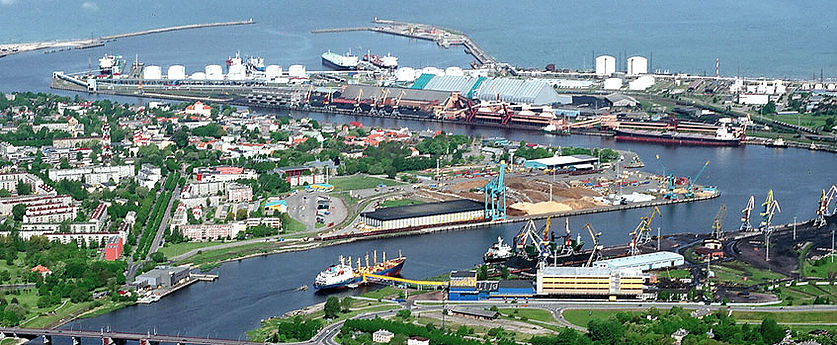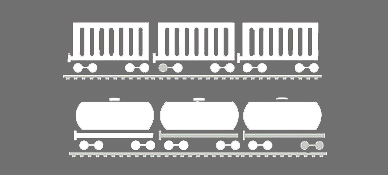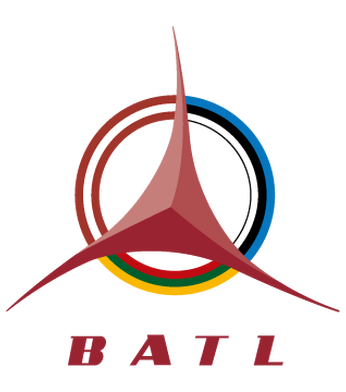
ONE OF THE LEADING DEEP-WATER PORTS OF THE EU ON THE EAST COAST OF THE BALTIC SEA
The ice-free port of Ventspils is one of the leading deep-water ports of the EU on the East coast of the Baltic Sea. According to the destinations of customer’s import and export – mainly the EU, CIS and Asian regions – we are creating a multi-modal transport solution infrastructure for fast and high-quality service.
Ventspils is a part of the European TEN-T transport core network. Since ancient times we have been a strategic transit connection of export goods for Russia and the CIS countries in freight of chemicals, potassium salt, coal, grain, general cargo, ro-ro and others. Today our port is multi-modal for any freight. The annual turnover of the port is around 30 million tons and the port charges are one of the most attractive in the Baltic States. The technical indicators of the ice-free port allow us to serve the largest vessels entering the Baltic Sea throughout the whole year.
Border coordinates of the dock:
57° 20,9′ N, 021° 29,3′ E
57° 25,4′ N, 021° 22,6′ E
57° 32,3′ N, 021° 30,3′ E
57° 26,3′ N, 021° 36,0′ E
- Total area of the port − 2 451,39 ha
- Dock − 242,60 ha
- Free industrial spaces − 700 ha
- Maximum depth (m) − 17,5
- Maximum capacity − DWT 150 000
- Maximum draft − liquid cargo, bulk cargo − 15 m
- Maximum draft – general cargo, ro-ro, containers − 13,2 m
- Number of piers − 53
- Total length of piers − 11 012m
- Maximum ship length – general cargo, ro-ro, containers − 240 m
- Total value of liquid cargo storage tanks− 1 500 000 m³
The single 1520 mm railway system of Latvia, the Baltic and CIS countries and the single road transport system is one of the benefits of the Ventspils transit infrastructure. Ventspils is a part of the East-West railway corridor, which is integrated in the common Eurasian transport system. It connects Europe and the regions of Asia with the Baltic Sea ports, and is one of the busiest traffic connections in the Baltic States. The railway maximum capacity is 34 million tons per year.


The two-lane motorway E-22 runs through Ventspils and continues up to Russia (United Kingdom – the Netherlands – Germany – Sweden/Norrköping – Ventspils – Rīga – Russia/Moscow). An efficient logistics network reaches from Ventspils up to other Baltic and CIS countries.
One of the world’s largest ferry operators with the broadest network in Europe – Stena Line – provides two regular ferry lines from Ventspils to Sweden and Germany every week.





